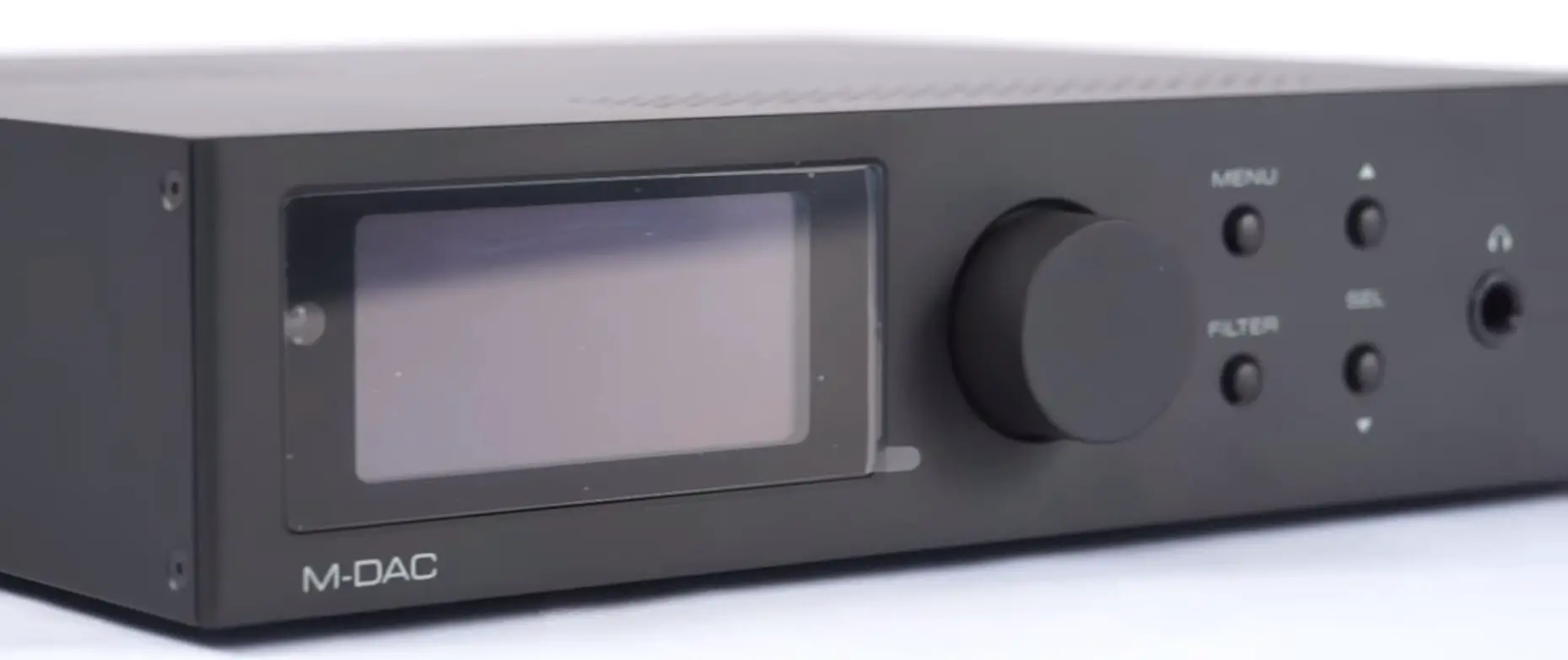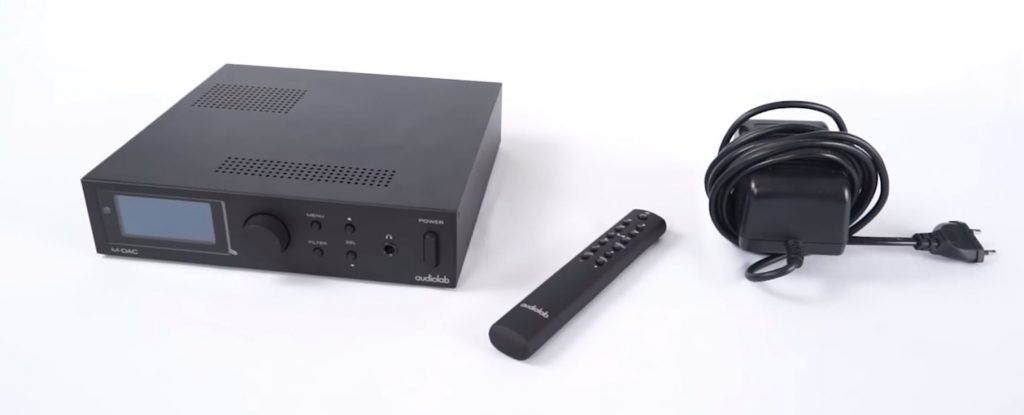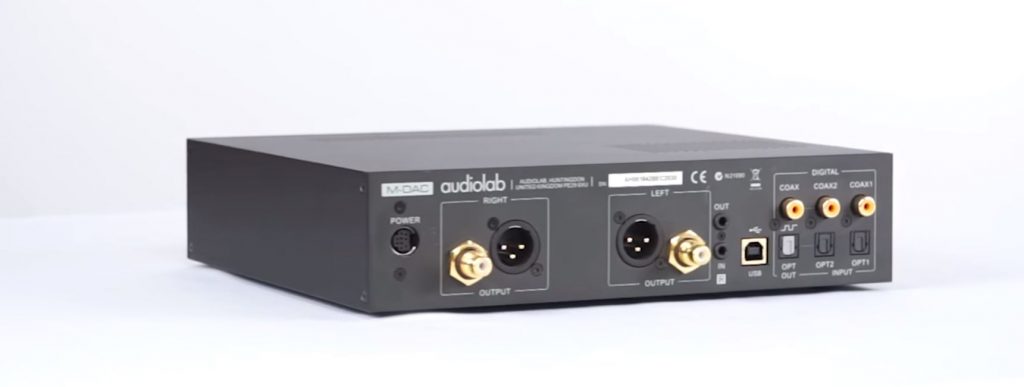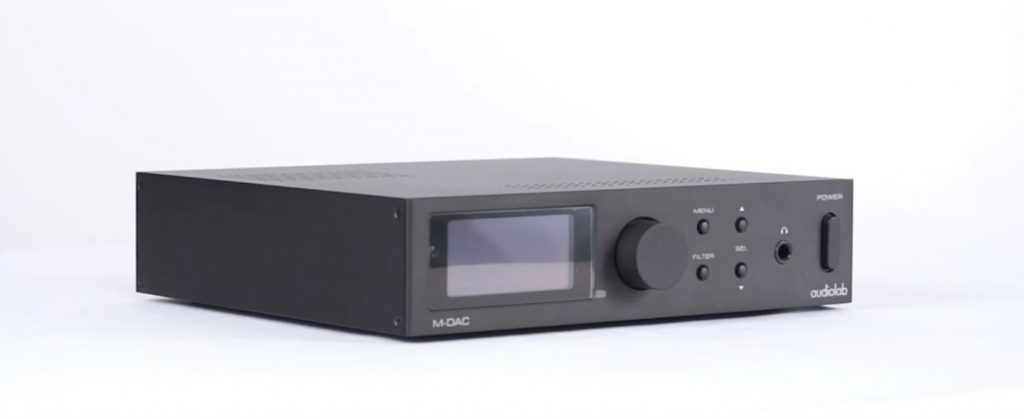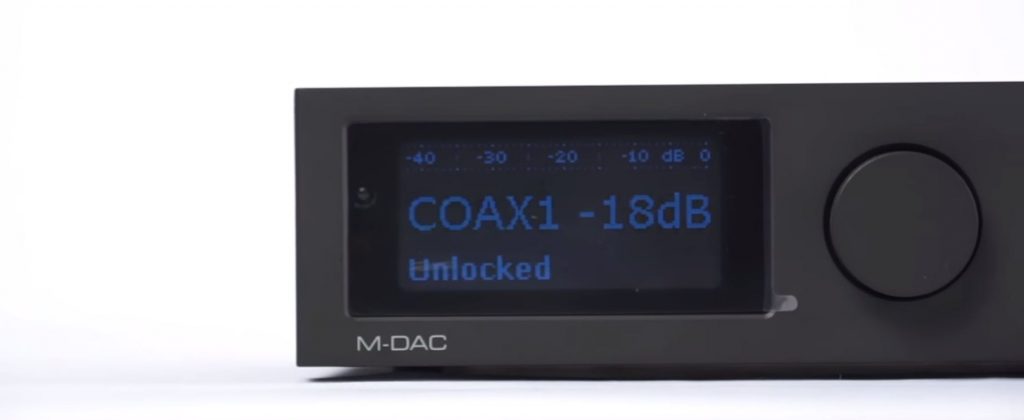Audiolab M-DAC Review
Speaking of the veteran British Audiolab, many people associate it with a true and balanced tone performance. Therefore, it is not difficult to find that Audiolab has a significant position in the hearts of traditional audiophiles. Audiolab was founded in 1983 by two British people, Philip Swift and Derek Scotland. It was initially a small company. The first product produced was the 8000A combined amplifier that has been popular in the audio industry for many years, followed by the 8000C preamp and 8000P power amp is also a very classic product. This review is Audiolab M-DAC.
Later, the new preamp 8000Q and mono power amp 8000M were immediately adopted as reference amplifiers by the authoritative British audio magazine “What Hi-Fi”. Audiolab designers worked hard to maintain the spirit of the Audiolab brand, and at the same time, injected an exciting new product line 8200 series and 8300 series, bringing people’s music appreciation to a level beyond modernity.
Design
Audiolab M-DAC still follows the previous design style of Audiolab products, avant-garde and concise. It seems that no design is redundant, so the overall feeling is very rigorous to us. In addition to such a specific design style, this Audiolab M-DAC still maintains the perfect production process, using heavy materials, and strives to create a pleasing classic beauty.
The Audiolab M-DAC uses high-quality, high-fidelity components, and the circuit design does not compromise. Due to an external power supply, the M-DAC is not large in size and saves a lot of space inside. The compact and exquisite appearance is also easy to place.
The external power supply interface is a multi-pin power interface, which is relatively rare, and there is not much room for players to upgrade. The button design of M-DAC follows the tradition of Audiolab, a long strip shape.
A total of five buttons and a volume knob are set on the front panel of the M-DAC, with digital input switching and filtering switching modes. M-DAC provides six filter modes to choose from. In addition, it also has a 6.3mm headphone jack, which is convenient for earphone users to connect and listen to.
There are two pairs of digital inputs, one pair of outputs on the back panel, and a UAB digital input. The analogue output is equipped with a pair of balanced interfaces and a pair of RCA interfaces.
The analogue output with adjustable volume can be used as a preamplifier. For those who have active speakers, it is very convenient to directly adjust the sound by decoding, which can save a sum of money on the purchase of a preamp.
If you have a preamp, you can set a fixed level output in the menu. What’s more convenient is that plugging in the headphones will automatically switch to the state of adjustable volume if you are using headphones. This design is worthy of praise.
M Audiolab M-DAC’s interface settings are pretty complete and can be connected smoothly regardless of whether it is standard equipment or medium and high-level equipment. The USB interface is very convenient for connecting to a computer. In addition, M-DAC can be operated remotely with remote control, and basic operations such as volume, song selection, and playback can all be realized with the remote control.
The Audiolab M-DAC decoder allows both S/PDIF and optical input to support 24bit/192KHz. In addition, the USB B-type used to connect to the computer source has been upgraded to 32bit/384KHz from the previous maximum support only to PCM 24bit/96KHz.
In addition, it can also support DSD decoding, up to DSD256 (11.2MHz). It can handle high-format music playback. In the next few years, you don’t have to worry about the backwardness of M-DAC, and you don’t have to worry about frequent upgrades.
The Inside
The artistry of Audiolab M-DAC can be described as meticulous and precise. Although the chassis is not small, the entire large board inside is densely packed. The signal input position is also superimposed on three layers of circuit boards. Digital circuits and analogue circuits are arranged in different areas, and various originals are scattered and beautifully.
The power supply part uses a linear power supply, which has 40W. In addition, multi-channel regulated power supply so that the purity of the sound can be well guaranteed.
USB uses an asynchronous XMOS structure to ensure the accuracy and fault tolerance of the transmitted data, reduce the Jitter interference, and make the sound more fidelity. In addition, the decoding part is specially designed for this ESS Sabre32 9018, including the use of a dedicated master clock, to minimize the time base error and avoid its deterioration of sound quality.
The analogue amplification part is a highlight of this machine. The internal circuit adopts a fully discrete and fully balanced design, which significantly helps the purity and separation of the sound. The eight medium-power output tubes are spectacular, and DACs that use field-effect crystal Class A amplification for the amp’s output are rare.
In use, it was also found that the machine’s heat is relatively large, and the all-aluminum casing has a higher temperature. This design ensures that the amp has a good thrust, making the sound more round and full. However, in use, I found that the output gain of the amp was low, driving high-impedance and low-sensitive earphones, which was somewhat powerless.
The decoding circuit has seven digital filter modes to choose from. Each filter curve has a particular influence on the sound. So you can select the sound that suits your taste. In addition, some digital processing functions can be set in different menus, and other settings have specific effects on the sound.
If you are interested, you can try different combinations and choose the sound that suits you. That is the fun of playing the machine.
Sound Performance
The Audiolab M DAC has a lot of details and an enormous sense of space. The sound field has the feeling of extending backward, and there is no oppressive feeling when the volume is turned up. The high frequency is very smooth. There is nothing particularly prominent.
As a result, the sense of hearing is soft, and the changes and transitions of notes are natural and smooth. The tone is not overly bright, nor yellowish or dark, and the intensity is just right, and it sounds very comfortable.
The Audiolab M-DAC’s intermediate frequency is complete, and the body size is moderate. Although it has a slight sweetness, it will not be over-dyed, and it sounds hearty and unburdened. Sometimes, dyeing can bring a pleasant feeling. The low-frequency part has a sense of weight without a lack of impact, and the density is firm enough.
The low-frequency speed of Audiolab M-DAC is fast and slightly slower. I switched the output gain to “+3dB”, the sound has a considerable change, the overall momentum is more magnificent, the low frequency is more vigorous, but the sense of volume does not increase.
If you want to adjust the feel of volume, you should start by upgrading the wire. At the same time, I keep switching the filter mode, preferring “Optimal Spectrum”, which is a balanced performance in all aspects.
Conclusion
Audiolab M-DAC feels fashionable and avant-garde from the design, and it is also very stylish and energetic in terms of sound quality. It can be fully demonstrated whether it is a large-scale symphony, a soft and delicate vocal, or a lively and powerful string performance.
What’s rare is that M-DAC’s performance is relatively satisfactory in the emotional part of the song. The sound is warm, clean, clear and touching. As a cost-effective decoder, M-DAC performs very well. It is worth buying.
